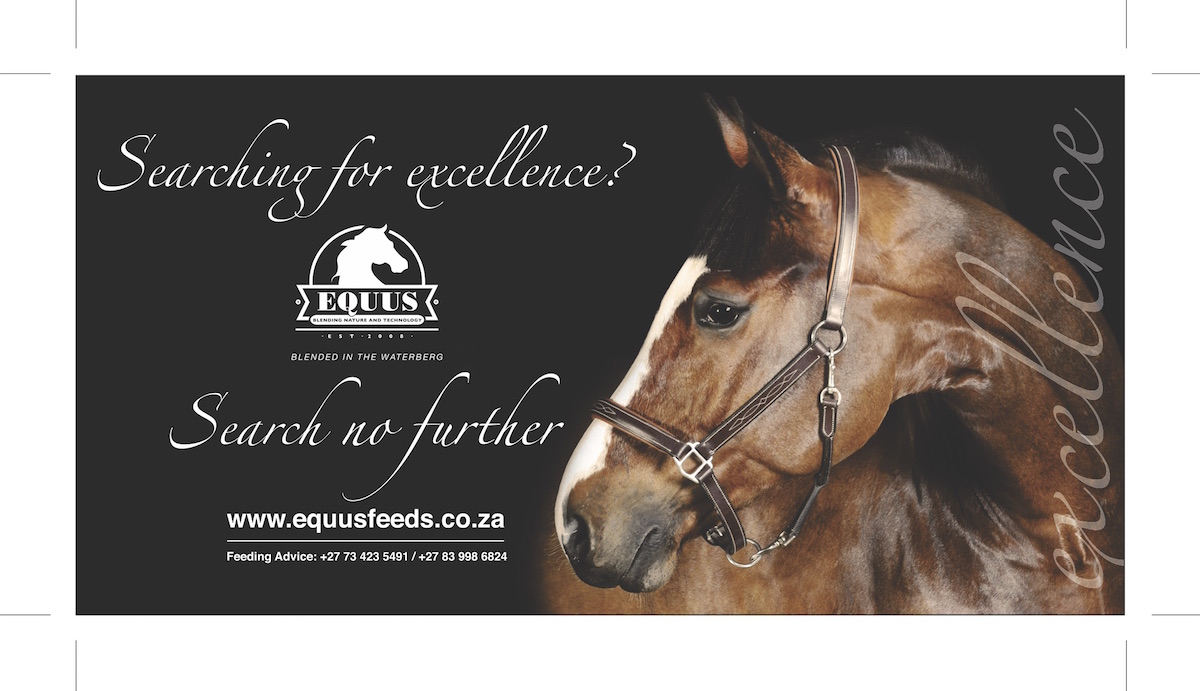Side Reins ~ Georgina Roberts
HOW DOES IT WORK
There are different types of side reins but the most common have an elastic insert. They buckle around the girthstrap / onto the appropriate height surgingle ring, and clip onto the bit. They can be fitted higher or lower depending on the frame that the rider is hoping to achieve.
WHAT HORSE WOULD BENEFIT FROM IT
A horse that is fidgety or snatchy in the contact. They can pull against the contact but there will only be resistance until they give in to the pressure. It also encourages them so be still and confident in the contact as it is not erratic and stays steady.
WHAT HORSE SHOULD IT NOT BE USED ON
A horse that hangs on the contact would be better suited to something more mobile, like the Pessoa rein (see next month of Equilife) as a side-rein will just encourage this. Also unsuitable would be a very physically immature horse lacking in topline – they need more substance before they can sustain a frame, and as the side-rein is primarily to improve connection they would benefit more from something that encourages a greener “long and low frame”, such as the Halsverlenger (or neck elastic).
HOW TO FIT IT
Many people who do not like side reins have fitted them too tightly to begin with and the horse has panicked. They should be fitted slightly loosely to begin with that the horse may just get a hint of the contact on the other side, and gradually shortened until the poll is the highest point and the face is on the vertical. A side rein that is also too loose will have no benefit.
HOW TO USE IT
(pictures) Ideally the horse should be lunged off of a lunge cavesson, that the horse is purely getting a rein aid from the unemotional and consistent side rein, which will encourage the correct feeling. Remember that just as with riding, the side reins should be completely disconnected intermittently to allow the horse to stretch it’s neck and have a “free walk” to relax before being reconnected. Also remember as with any true connection, it is essential that the horse is active and forward in the work that the energy comes through from behind and ends solidly but lightly in the hand. If the horse is hiding behind the vertical and creates a slack in the side rein, this is an indication that they need to be pushed forward more positively.
WHAT TO BE CAUTIOUS OF
Do not apply the side reins too tight to begin with or the horse may panic and rear up on feeling so restrained; horses are claustrophobic by nature and this is their instictive reaction. Also beware letting the horse lean on the side rein, thus becoming dead in the contact. Do not lead horses out of the stable with the side rein on; let them walk freely to the arena and then put them on, so that if they do brace against it you can encourage them forward and into the contact.


